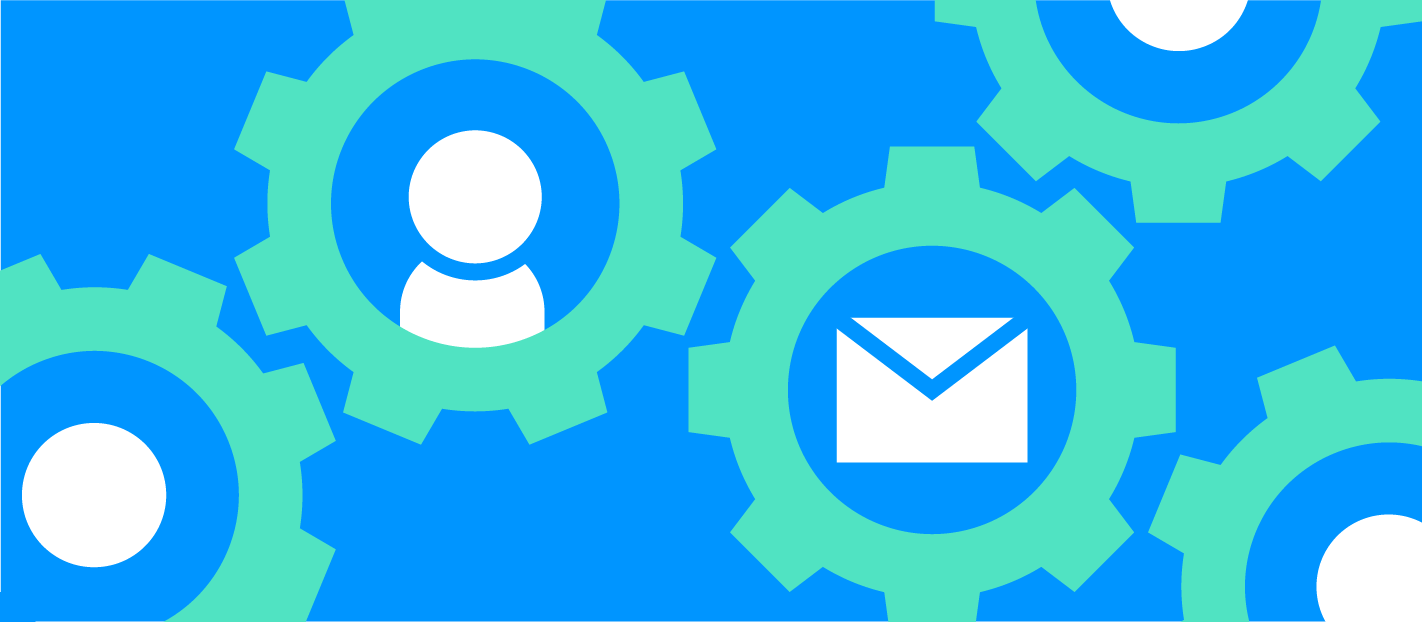The SaaS industry is hyper-competitive.
We operate in a sector where customers are spoilt for choice; no matter how niche your product is, users will always have a multitude of competitors to select from.
Not only that, but with the ease of migrating between SaaS products and minimal contracts tie-ins, it is so important that your product and customer experience continuously meet your customers’ evolving needs.
Here’s how mapping your SaaS user journey can help.

Firstly, analysing your customer journey enables you to understand exactly how your users engage with your product. Thanks to this, you can boost visibility on where your users find value in your product and where they run into difficulty.
From here, you’ll benefit from informed and data-driven decisions on which features and updates you should prioritise on your product roadmap. This ensures you build or iterate on the exact features customers want and in the precise manner they want the changes made.
Read that sentence again. Don’t just guess what your customers want from you. Find out the specifics!
In this way, your platform or app remains entirely relevant and valuable to your clients’ needs. This is hands-down the best way to reduce any temptation to start browsing your competitors’ pricing pages…
Secondly, building a detailed map of your customers’ journey gives you clarity. By mapping out the journey both before purchase and while customers use your product, you can define exactly how your team should be engaging with your customer throughout each stage of their journey.
This makes sure that responsibilities are visibly assigned between your Sales, CS, Product and Engineering teams for each stage. It also clearly defines the boundaries for handover between departments.
Having this level of inter-department communication ensures that no issues slip through the cracks. Without a clear understanding of the customer journey, client requests can easily be missed in the handover between Sales and CS. Or, issues flagged by clients might not be communicated correctly between Support and Engineering. Having defined stages of the customer journey and the relevant teams assigned at each stage will facilitate a more successful customer experience of your product.
As a happy side-effect, the improved communication also leads to better awareness of up-sell opportunities, so your customers can experience even more value from your product, and your company can improve their customer LTV.
So what are the typical stages of the customer journey for SaaS products?

Prospect stage
Awareness – prospects recognise that their current solution no longer meets their needs or have a pain-point or goal and no software to meet it.
Department responsibility: Marketing
Research – your prospect begins their search and starts gathering research on your product, as well as your competitors’ products.
Department responsibility: Marketing
Acquisition – your prospect reaches out for a demo with your Sales team, is convinced of the value your product can offer, and signs up for an account.
Department responsibility: Sales
Client stage
Implementation – this involves migrating your new client’s data from their existing software providers into yours or integrating their bespoke systems with your own.
Department responsibility: Engineering
Implementation – this involves migrating your new client’s data from their existing software providers into yours or integrating their bespoke systems with your own.
Department responsibility: Engineering
Onboarding – this is where you train all relevant members of your client’s team, to ensure they are fully comfortable with how to use your product. This period lasts 1 to 3 months, depending on product complexity.
Department responsibility: Customer Success & Customer Support.
Engagement – this involves all ongoing touch-points with the customer to ensure they remain delighted with your product.
It can include escalating bugs to your Dev Team, listening to feedback on feature requests, and training new staff members.
Department responsibility: Customer Success, Customer Support, Product & Engineering.
Renewal – the most effective way to increase company revenue is through up-selling and renewing existing clients.
Having clearly defined dates for business reviews (typically quarterly) and renewal periods ensures that up-sell opportunities are followed up proactively, and agreements for renewal are settled long in advance of their deadline.
Department responsibility: Customer Success & Sales.
Your customer journey map is the start.

Creating a customer journey, which is visible across the entire company, is crucial to building SaaS products that customers value and a customer experience they enjoy.
This is why the customer journey map is such an essential element of long-term customer retention and satisfaction. And don’t forget the evident benefit for your company’s bottom line.
But creating the customer journey map is only part of the process. Operating with SaaS products requires constant learning and change. So it is not enough to just make the perfect customer journey map; it must continuously be iterated upon to remain relevant to your customers’ needs.
Happy mapping!


